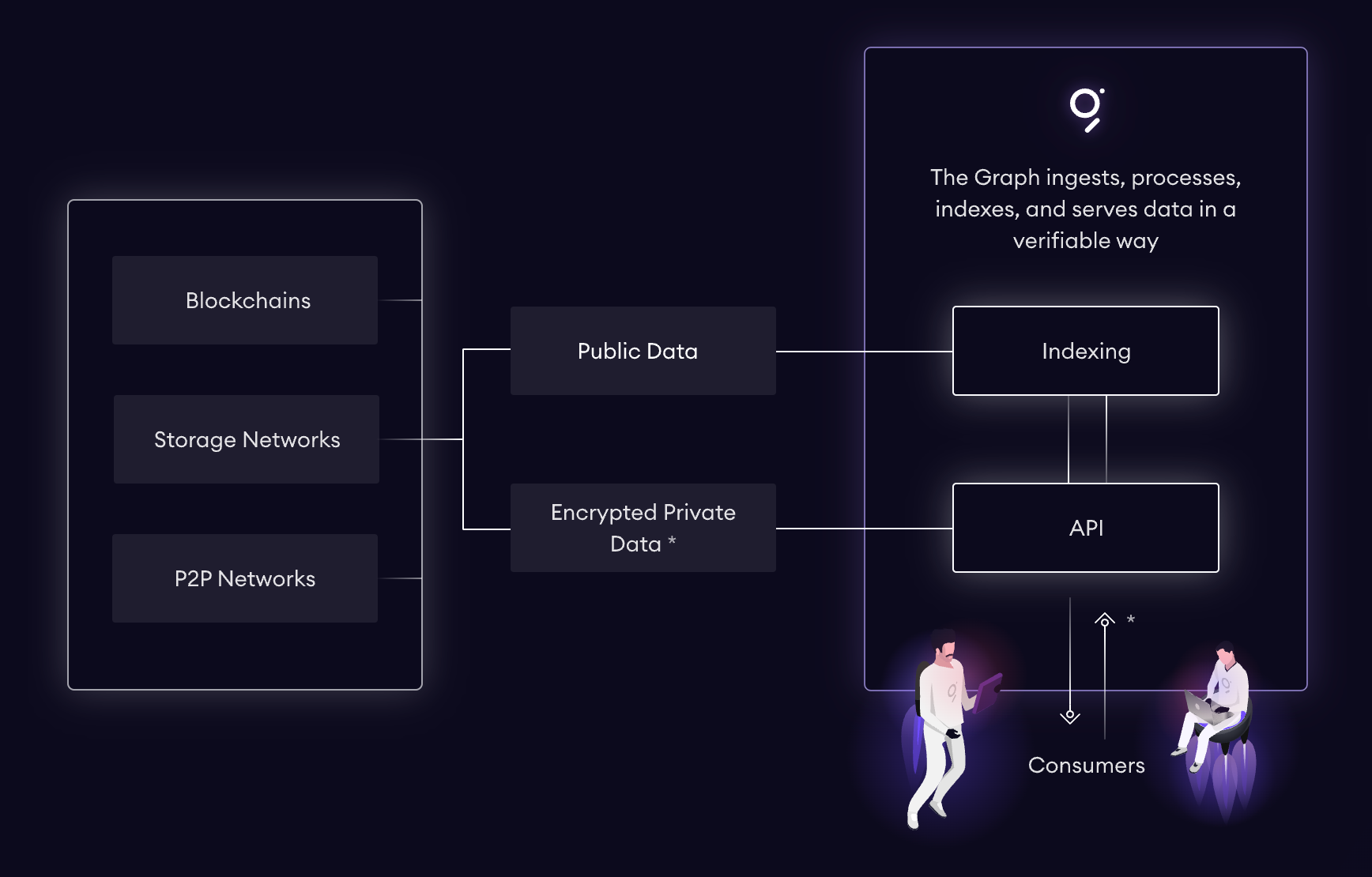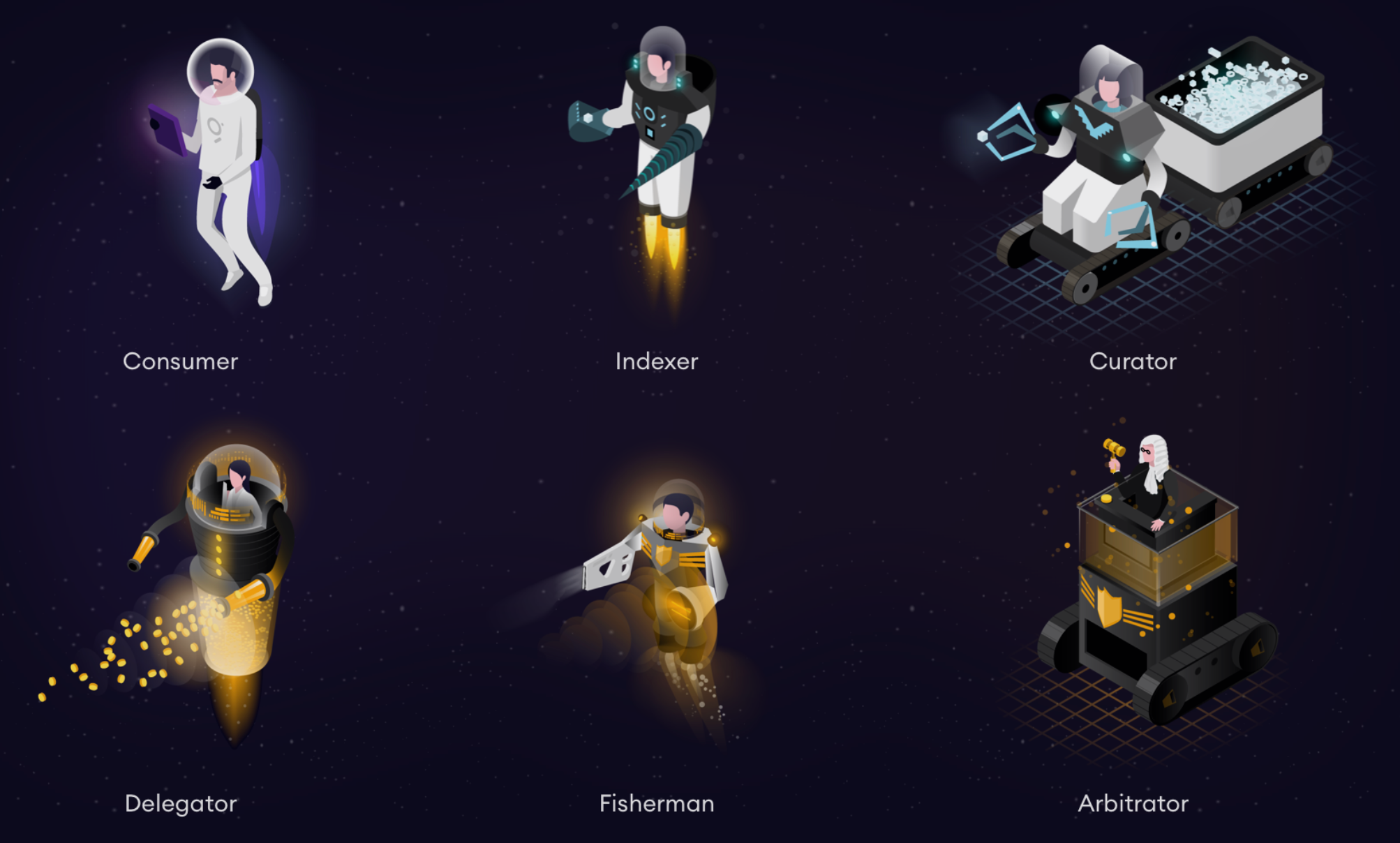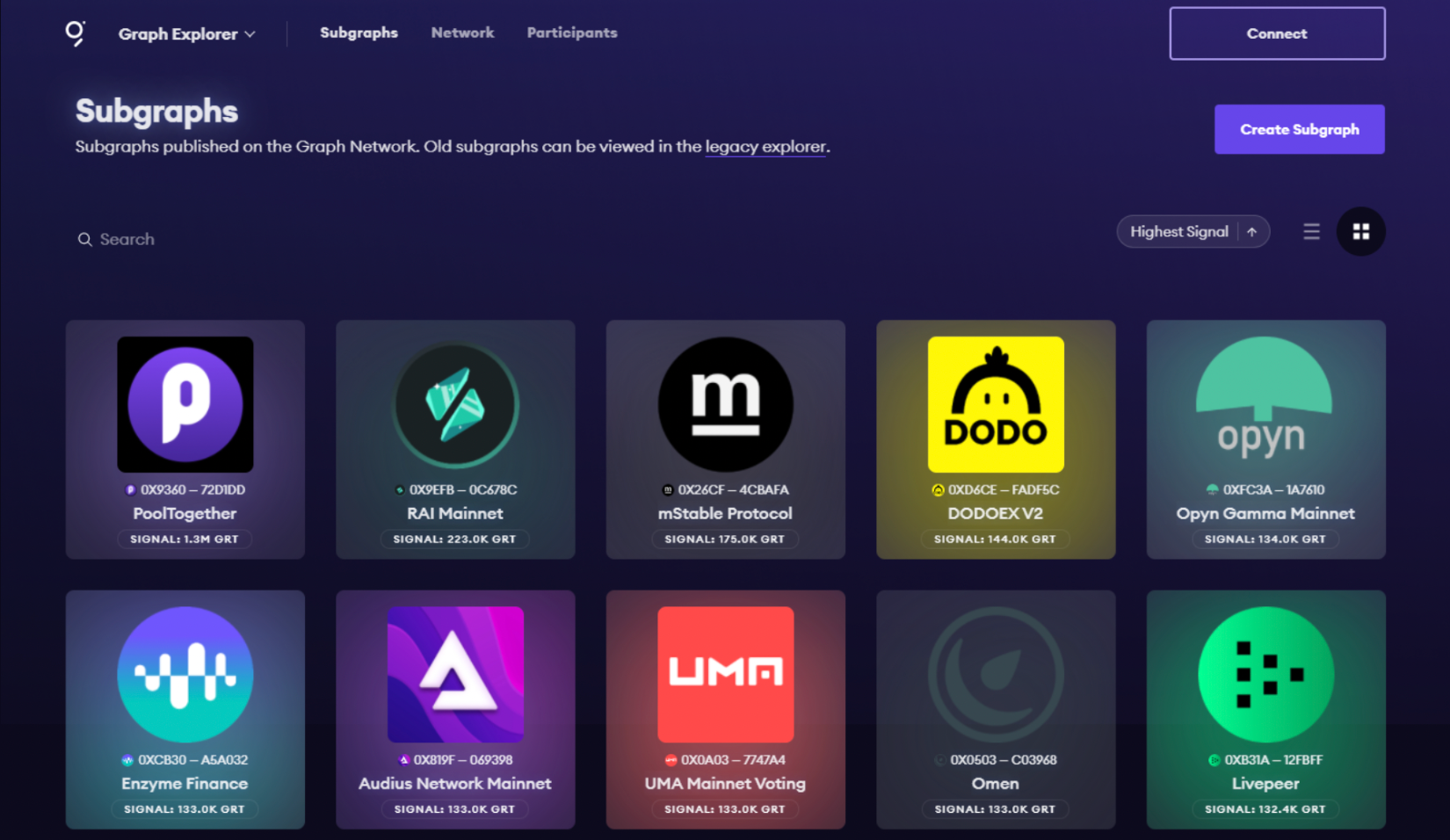We’ve seen projects like Solana, Avalanche, Fantom, and The Graph create a lot of buzz in the market. The Graph has unique utility and was launched in 2018 by Yaniv Tal, Brandon Ramirez, and Jannis Pohlmann.
Are you curious about The Graph but have little idea what it is about? Not to worry. This beginner’s guide will provide you with all the information you need about the protocol.
What is The Graph?
The Graph was launched with the goal of collecting blockchain data without the assistance of third parties. In other words, The Graph simply indexes, organizes, and queries data from different blockchains to make it easy for users to access.
It uses the GraphQL programming language to handle all the data processing. Interestingly, the Graph was first introduced on the Ethereum blockchain to assist developers in using appropriate information to boost the effectiveness of their decentralized applications.
Then, The Graph collects and evaluates blockchain data before storing it in multiple indexes, known as subgraphs. This way, applications can make a query to its protocol and get a quick response. Indexers and delegators are some of the Graph users who provide services to the network and help process data and pass it to applications and end-users.
How does The Graph Work?
The Graph Nodes are the first place where the protocol collects data. The nodes often scan network blocks and smart contracts for data. So, when any application adds data to a blockchain through smart contracts, the Graph nodes upload the data from these new blocks to their appropriate subgraphs. This picture summarizes this process.
Source: The Graph Docs
Three types of users help organize the data once the Graph node gets it:
1. Curators: These are subgraph developers who determine whether subgraphs are of superior quality and should be indexed by The Graph.
2. Indexers: Indexers are node operators who are in charge of offering indexing and querying services for the signaled subgraphs. However, they have to stake GRT in the index.
3. Delegators: These users delegate GRT to indexers to assist in maintaining the network without setting up a node. The picture below shows all the members that participates in this protocol.
Source: The Graph Docs
How is The Graph Unique?
The Graph Protocol is the first decentralized market for querying and indexing data for dApps. But its true value comes from its purpose of providing easy access to data for its users. Thanks to The Graph, users can perform sophisticated analyses on blockchain data. The protocol is helping investors make intelligent choices, from DApp liquidity to NFT owners.
The Graph is pretty convenient to use because subgraphs make it possible to smoothly query all blockchain data. In addition, it is also cost-effective. Prior to The Graph, developers needed to either create exclusive query services from scratch or rely on third-party data, both of which are expensive.
The Graph has the potential to develop massively as it continues to add new platforms, Dapps, blockchains, and smart contracts to increase its index.
Source: The Graph
The GRT Token
As mentioned earlier, GRT is the utility token of The Graph Protocol. It draws its value from its ability to guarantee the proper execution of smart contracts. The GRT token is used for various network functions. For instance, consumers that send queries to indexers are required to pay a GRT-based query cost. Here is how GRT is distributed.

Curators receive query fees for the subgraphs they signal. Furthermore, indexers receive a share of the protocol’s query fees and incentives. Also, delegators receive a share of the indexer fees in exchange for lending their GRT.
GRT currently trades at $0.1244. Interested in buying the token but don’t know where? Here are a couple of exchanges to purchase GRT:
- Bybit.
- Binance.
- Coinbase.
- OKEx.
- Huobi Global.
To store your GRT, use any of the following wallets:
- Atomic.
- Ledger.
- MetaMask.
- Exodus.
- Trezor.
- Trust Wallet.
Conclusion
The Graph plans to make decentralized query protocols simple and available to new developers. This makes it possible for anyone to develop DApps and improve the blockchain ecosystem.
In the long run, holding GRT tokens makes the Graph grow faster and offers more rewards. Several well-known projects, including Uniswap, Synthetix, and Decentraland, already use The Graph. These adoptions increase the project’s long-term value. Here is the second part.
⬆️ For more cryptocurrency news, check out the Altcoin Buzz YouTube channel.
⬆️ Our popular Altcoin Buzz Access group generates tons of alpha for our subscribers. And for a limited time, it’s Free. Click the link and join the conversation today.































